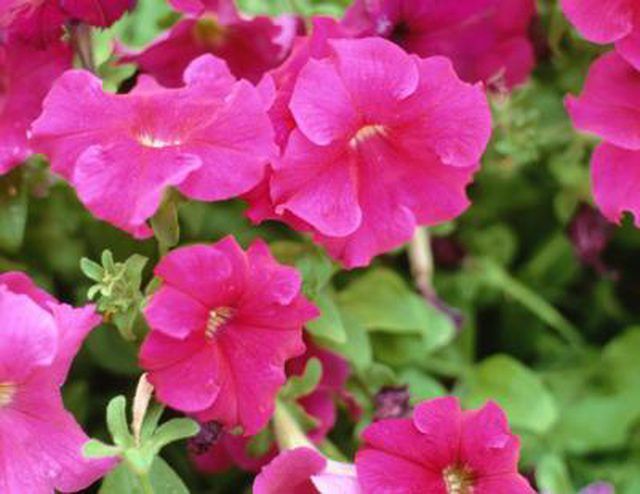Bulbs
Flower Basics
Flower Beds & Specialty Gardens
Flower Garden
Garden Furniture
Garden Gnomes
Garden Seeds
Garden Sheds
Garden Statues
Garden Tools & Supplies
Gardening Basics
Green & Organic
Groundcovers & Vines
Growing Annuals
Growing Basil
Growing Beans
Growing Berries
Growing Blueberries
Growing Cactus
Growing Corn
Growing Cotton
Growing Edibles
Growing Flowers
Growing Garlic
Growing Grapes
Growing Grass
Growing Herbs
Growing Jasmine
Growing Mint
Growing Mushrooms
Orchids
Growing Peanuts
Growing Perennials
Growing Plants
Growing Rosemary
Growing Roses
Growing Strawberries
Growing Sunflowers
Growing Thyme
Growing Tomatoes
Growing Tulips
Growing Vegetables
Herb Basics
Herb Garden
Indoor Growing
Landscaping Basics
Landscaping Patios
Landscaping Plants
Landscaping Shrubs
Landscaping Trees
Landscaping Walks & Pathways
Lawn Basics
Lawn Maintenance
Lawn Mowers
Lawn Ornaments
Lawn Planting
Lawn Tools
Outdoor Growing
Overall Landscape Planning
Pests, Weeds & Problems
Plant Basics
Rock Garden
Rose Garden
Shrubs
Soil
Specialty Gardens
Trees
Vegetable Garden
Yard Maintenance
How to Cascade Petunias
How to Cascade Petunias. Choose the right type of petunias to create a full, cascading basket of blooms. Purchase plant varieties such as The Wave or Supertunia which are cultivars bred specifically for their spreading tendencies. These plants, if properly watered and fed with a regular dose of fertilizer, will spill over edges of pots in no time...

Choose the right type of petunias to create a full, cascading basket of blooms. Purchase plant varieties such as The Wave or Supertunia which are cultivars bred specifically for their spreading tendencies. These plants, if properly watered and fed with a regular dose of fertilizer, will spill over edges of pots in no time for gorgeous show. Other varieties of petunia can also be grown to cascade over the sides with a little work.
Things You'll Need
Pot
Packing peanuts, rocks, or broken pieces of clay pots
Quality potting soil
Petunia seedlings
Gardening shears or sharp, clean scissors
Water
Fertilizer
Line the bottom of your container with packing peanuts, rocks or clay pot shards to help provide proper drainage and oxygen flow and protect the pot from losing soil. Packing peanuts work best for hanging baskets because they won't add additional weight.
Fill three-fourths of the way full with a quality potting soil.
Add your seedlings, ignoring the plant information for spacing. When putting together a container, you want to overload the plants to quickly create a fuller look. Since container gardens need more fertilizer and water than garden beds, the roots will not be competing for nutrients so proper spacing is not needed.
Fill in the container with potting soil, covering the seedling roots to the crown. Water and fertilize as per the instructions on the fertilizer. Petunias respond well to a water-soluble quick-release fertilizer.
Snip all blooms with a pair of garden shears or clean, sharp scissors right below the bloom base. An annual's life cycle consists of root and stem growth, producing flowers and then going to seed. By removing the blooms, you force the plant to continue growing. Allow the plants to start blooming when you are satisfied with the growth of your plant.
Prune a few stems here and there to help the container along in the shape you wish it to grow, allowing stems near the edges to grow while trimming the insides to create a bushier effect, if desired. Properly cared for petunias will do this naturally but being helped along can give you the shape you desire.
Water and fertilize on a regular basis to avoid distress, and your petunias will spill out and cascade over the sides of your containers in no time.
Tips & Warnings
In mid-July, petunias begin to get "leggy"-- that is, have long, thin stems with small leaves and just one bloom on the end. Prune a few stems back to two-thirds every few days to promote new growth and a second burst of beautiful blooms until frost. Do not prune back the whole plant at once as the stress will probably kill the plant. Allow some time to heal between prunings.
Deadhead blooms by trimming off spent blooms right below the base to keep the plant from going to seed. Once seed-production starts, the plant switches to the final part of its life cycle and will produce less blooms.